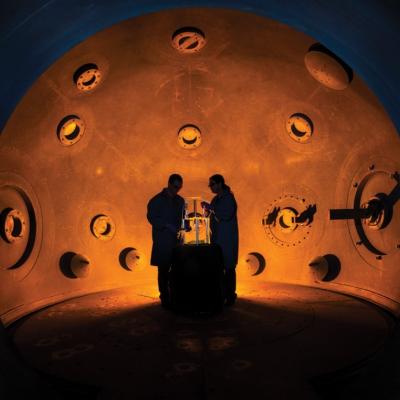LLNL has developed a method that adds a polyamine based crosslinker and an acid receptor, based on MgO nanoparticles into a polymer bonded PBX, where the polymer binder is a fluoropolymer containing vinylidene difluoride functionality. Crosslinking kinetics can then be controlled by selecting an appropriate amine structure, pressing temperature and optionally the addition of a chemical…
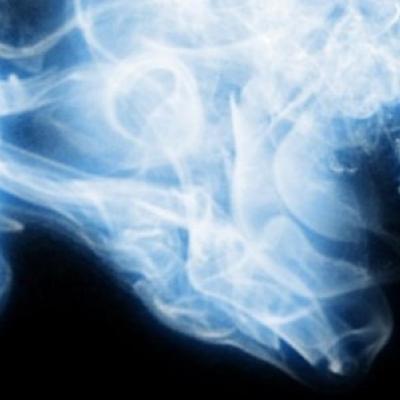
LLNL researchers uses Additive Manufacturing (AM) to create reinforcing scaffolds that can be integrated with High Explosives (HE) or solid rocket fuel with minimal volume fraction. Its main benefit is to create stability in harsh field conditions. Its secondary benefit is providing another method to finely tune blast performance or fuel burn. Creating complex shapes with structural…

LLNL researchers have developed a TDLAS-based, standalone, real-time gas analyzer in a small form-factor for continuous or single-point monitoring. The system can analyze multiple gases with ultra-high sensitivity (ppm detection levels) in harsh conditions when utilizing wavelength-modulation spectroscopy (WMS).

A set of images generated by multiple passes over the same area can be coherently integrated by this technology developed by LLNL researchers. The primary difficulty with coherently combining different passes is registering the images obtained from each pass, particularly if a pass only partially covers a given area.
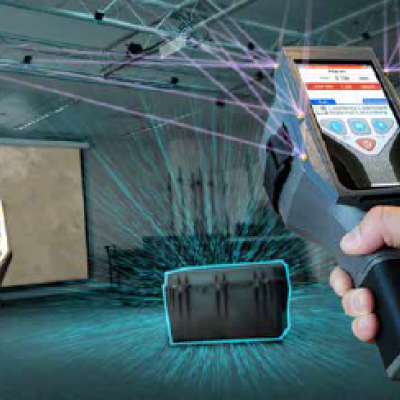
To address the need for realistic and high-fidelity first responder training, a multidisciplinary team at LLNL has worked to establish the new gold standard simulator called TARANTULA (Tactical Augmented Reality Applications for Nuclear Emergency Support Team (NEST) Training using Livermore Analytics). TARANTULA is a scientifically accurate, fully functional, field-deployable simulator that…
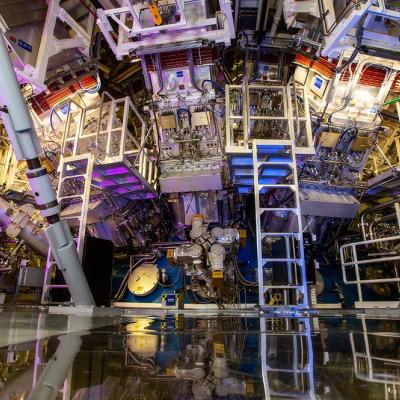
This novel detector for characterizing IFE implosions is an alternative to the current RTNADs to measure neutron fluxes > 3x1011 neutrons/cm2 at high shot rates. The detector consists of a stack of small square metal wafers separated by thin insulating spacers. Every other wafer is held at high voltage while the remaining wafers are grounded. The stack acts as an…

LLNL’s SAS technology embedded within a facility is developed to sense, detect, localize, alert, and communicate an active shooter(s) to first responders. It relies on three integrated compact sensors that detect sound, infrared light (from the muzzle blast) and vibrations emanating from a gunshot. Fusing the data from these detectors minimizes false alarms.

The key to time-reversal for an active shooter detection/tracking application is being able to estimate the space-time transfer function (Green’s function) between source-enclosure-receiver. This approach begins with the acoustic mapping of an indoor muzzle blast.
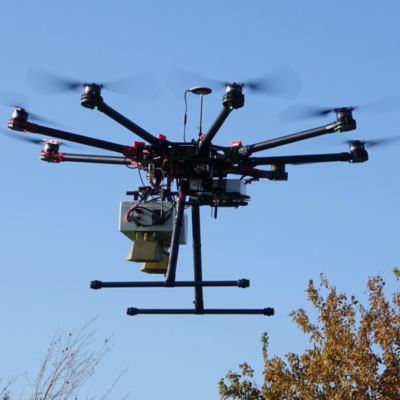
LLNL researchers have developed a lightweight drone-based GPR array that when flown over a surface with laid and/or buried objects could image the field of view and be able to detect targets and discriminate them from clutter. The imaging method employs a modified multi-static architecture to provide the highest signal to noise with the lowest system weight, making it ideal for airborne or…
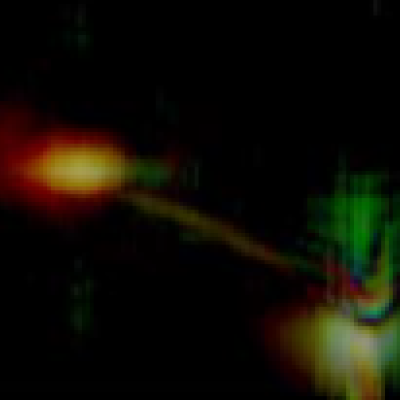
This technology uses three different frequency bands to create intensity maps of returned signals. Signals have traditionally been displayed as raw return data. The intensity of the return is represented by level of brightness. Assignment of a scalar value for intensity is used to determine the brightness of the image. In this technology, each frequency is given a designated…

The suppressor has a series of chambers for the propellant to flow through, but unlike all traditional suppressors, the chambers are open, not closed. The propellant is not trapped. It keeps moving. We manage its unimpeded flow through the suppressor. This is the key underlying technology of our suppressor design that enables all the improvements over the 100-year old traditional designs.

Livermore Lab researchers have developed a tunable shaped charge which comprises a cylindrical liner commonly a metal such as copper or molybdenum but almost any solid material can be used and a surround layer of explosive in which the detonation front is constrained to propagate at an angle with respect to the charge axis. The key to the concept is the ability to deposit a surrounding…

Livermore Lab researchers have developed a method that combines additive manufacturing (AM) with an infill step to render a final component which is energetic. In this case, AM is first used to print a part of the system, and this material can either be inert or energetic on its own. A second material is subsequently added to the structure via a second technique such as casting, melt…
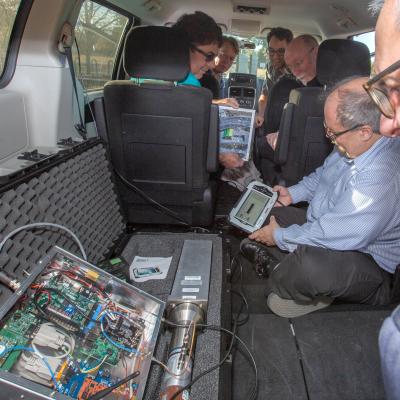
There are three main components to the RaFTS system: 1) the radiation detector, which can be of any type and from any manufacturer; 2) the RaFTS electronics, which produce the electronic pulses that are injected into the electronics of the radiation detector through a (to be) standardized port interface; and 3) the exercise scenario, which defines the synthetic radiation field and time-varying…
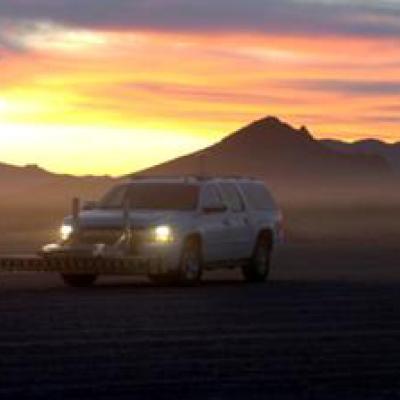
LLNL has developed a wide band (WB) ground penetrating radar (GPR) technology to detect and image buried objects under a moving vehicle. Efficient and high performance processing algorithms reconstruct images of buried or hidden objects in two or three dimensions under a scanning array. The technology includes a mobile high-performance computing system allowing GPR array sensor data to be…
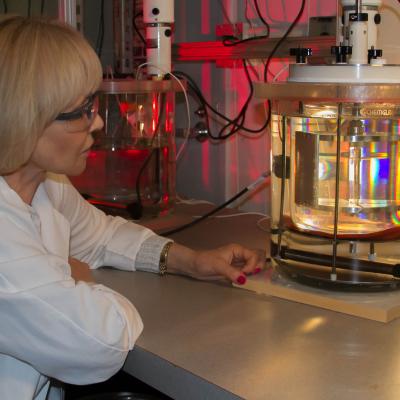
LLNL has identified solution-grown organic crystals having scintillation efficiency not only close to, but even exceeding that of stilbene.. LLNL's invention relates to a new class of neutron detectors based on scintillation response of organic single crystals. More specifically, the use of organic molecules grown from solution and to molecules including the basic benzene or phenyl structure…
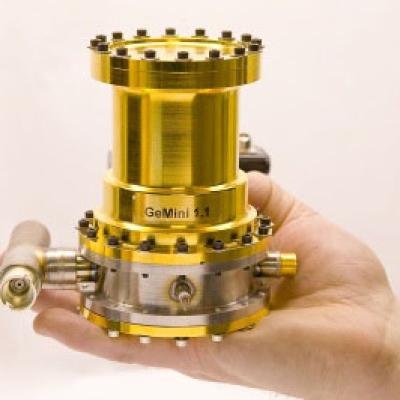
LLNL has developed a radiation detector that cools to operating temperatures in 1-2 hours using two separate cooling stages. The first cooling brings the instrument to operating temperature. The embedded second cooling system achieves portable detection that can be sustained for 8-12 hours.
In addition, an integrated, hermetically-sealed package has been developed complete with…
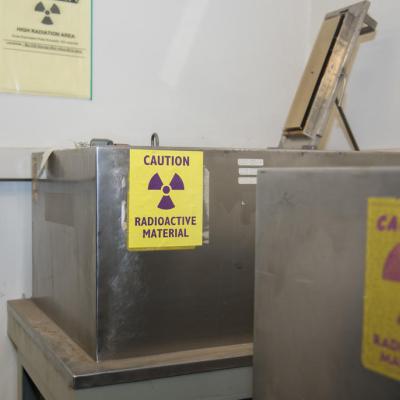
The invention utilizes the statistical nature of radiation transport as well as modern processing techniques to implement a physics-based, sequential statistical processor. By this we mean that instead of accumulating a pulse-height spectrum as is done in many other systems, each photon is processed individually upon arrival and then discarded. As each photon arrives, a decision is…
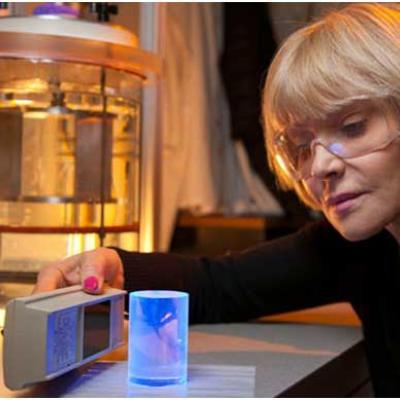
Scientists at Lawrence Livermore National Laboratory have developed a plastic that can detect neutrons, something previously thought impossible.
Livermore scientists demonstrated a plastic scintillator that can discriminate between neutrons and gamma rays with a polyvinyltoluene (PVT) polymer matrix loaded with a scintillating dye, 2,5-diphenyloxazole (PPO). They have found that…
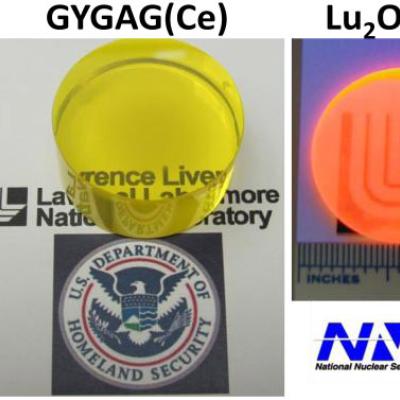
Transparent ceramic fabrication allows the production of gadolinium- , lutetium-, and terbium-based garnets which are difficult to grow by melt techniques due to phase instabilities. Phase stabilization of the garnets is accomplished by the addition of the intersubstitutional ions, Gallium and/or Scandium.
Scientists have developed many versatile and scaleable fabrication methods.…
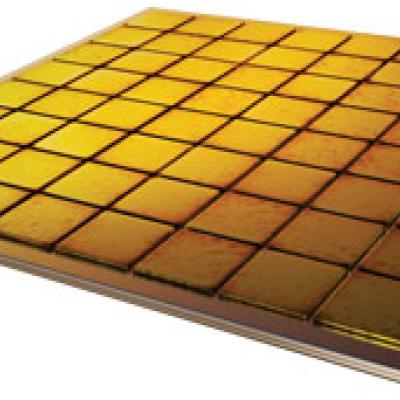
LLNL's neutron "Pillar Detector" fabrication technology uses semiconductor-based micro-structured elements as an electrical signal generation medium for the detection of neutrons. These materials in the form of semiconductor "pillars" embedded in matrix of high cross-section neutron converter materials (such as Boron) that emit charged particles upon interaction with neutrons. These charged…

LLNL researchers have grown and characterized scintillator crystals of Strontium Iodide (SrI2). Scintillator energy resolution and light yield proportionality surpass NaI and are similar to LaBr3. The SrI2 scintillators doped with europium (Eu) exhibit very high light yields (> 100,000 photons/MeV), extremely good energy resolution (<3% at 662 keV) and excellent light yield…

LLNL's high fidelity hydrocode is capable of predicting blast loads and directly coupling those loads to structures to predict a mechanical response. By combining this code and our expertise in modeling blast-structure interaction and damage, along with our access to experimental data and testing facilities, we can contribute to the design of protective equipment that can better mitigate the…
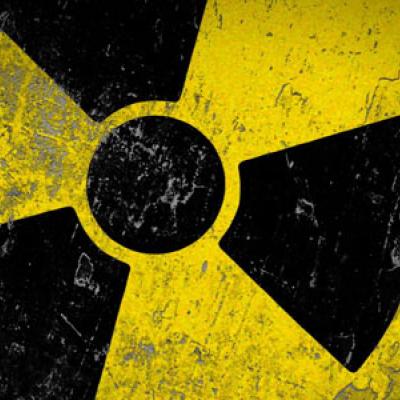
The LLNL detector measures radiation over a large dynamic range, spanning both high hazardous levels and weak levels, including natural background radiation. In weak radiation fields, the detector also measures gamma-ray spectra. The cost of the detector is significantly less than the total cost of existing separate detectors that could perform the same measurements.

LLNL's X-ray spectrometers based on STJ have been developed for high-resolution soft X-ray spectroscopy. STJ consist of two superconducting thin film electrodes separated by a thin insulating tunnel barrier. They measure X-ray energies from the increase in tunneling current after X-ray absorption in one of the electrodes excites additional charge carriers above the superconducting energy gap.…

